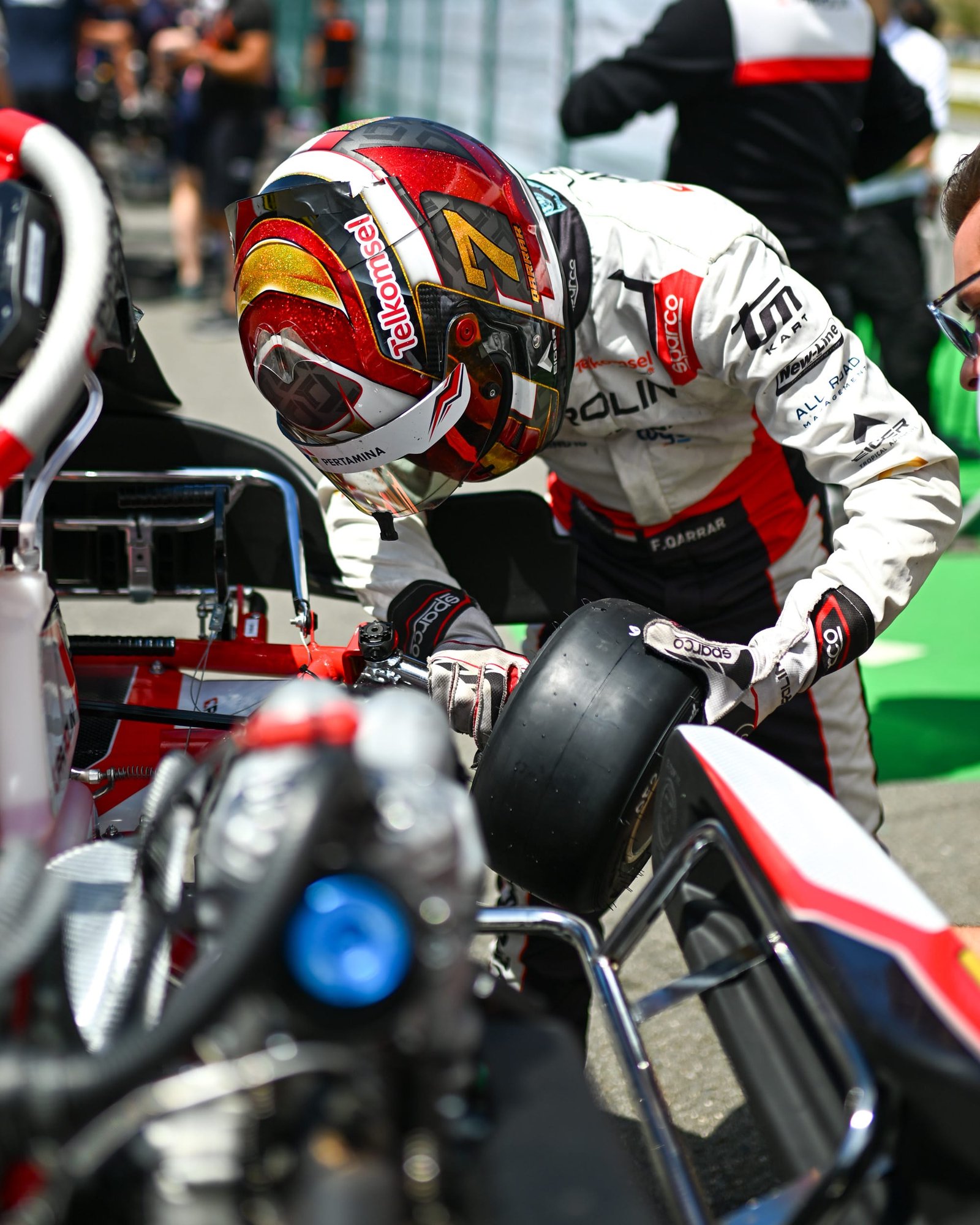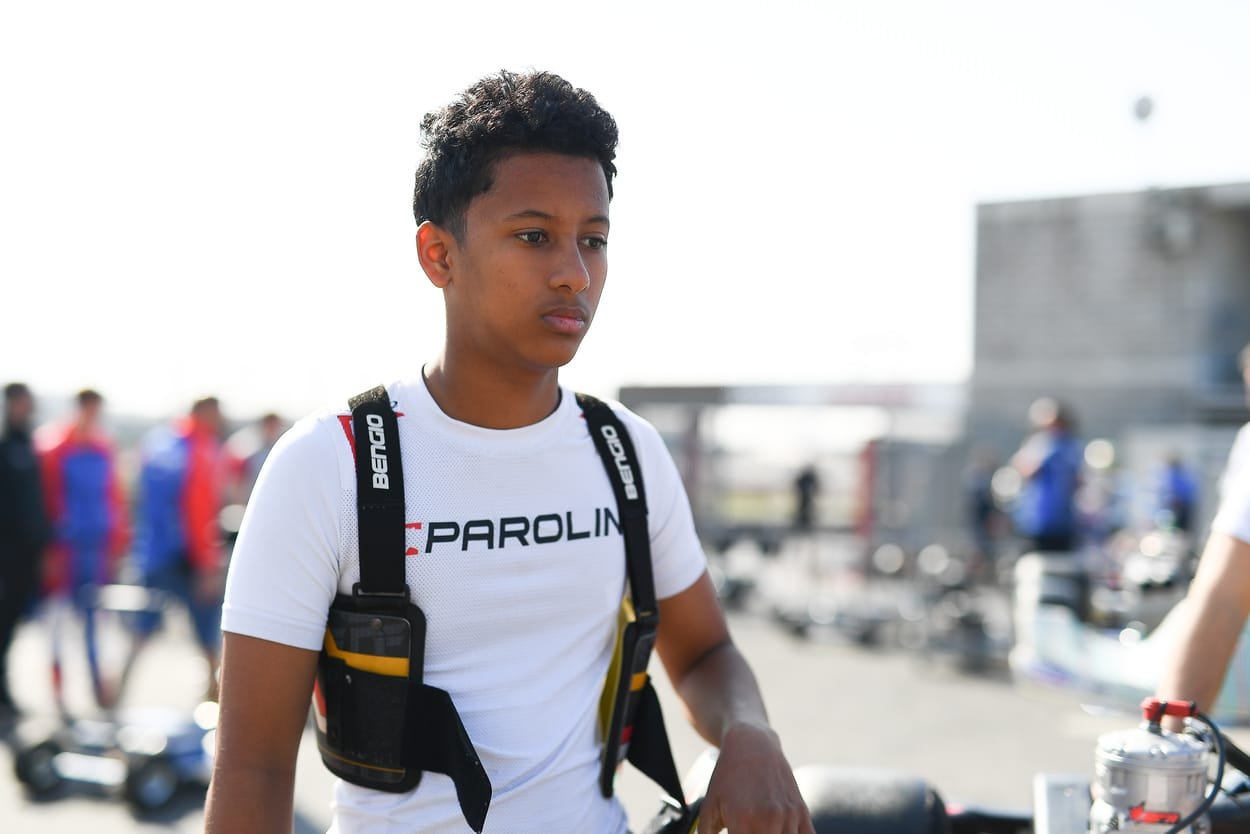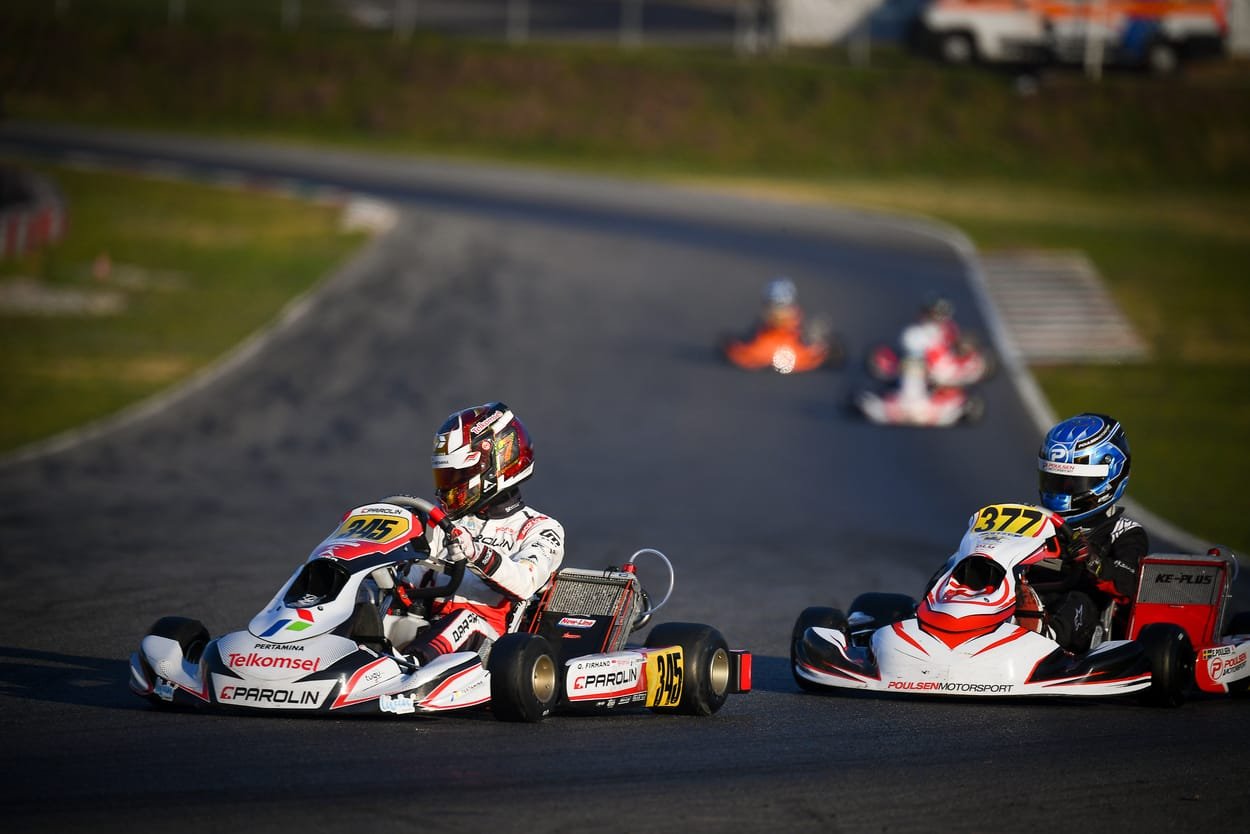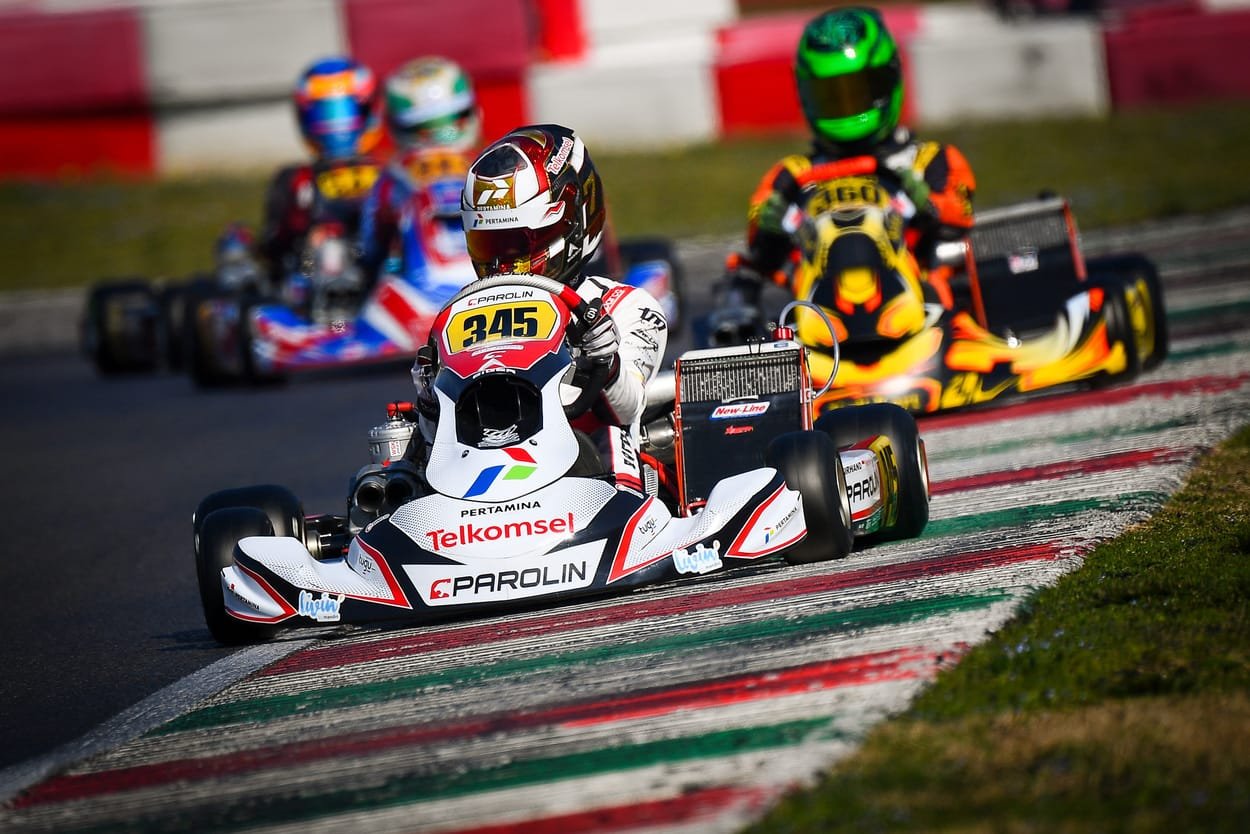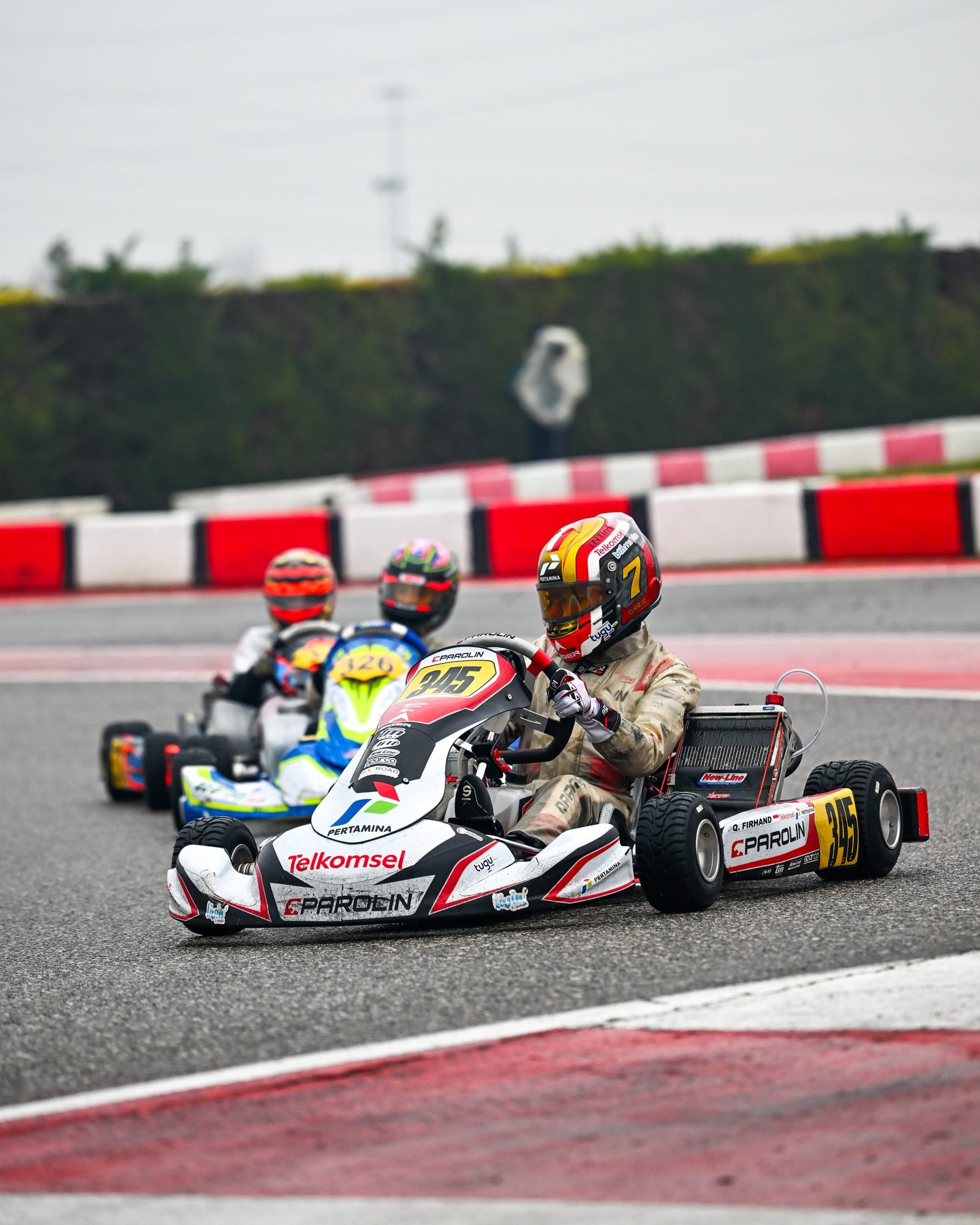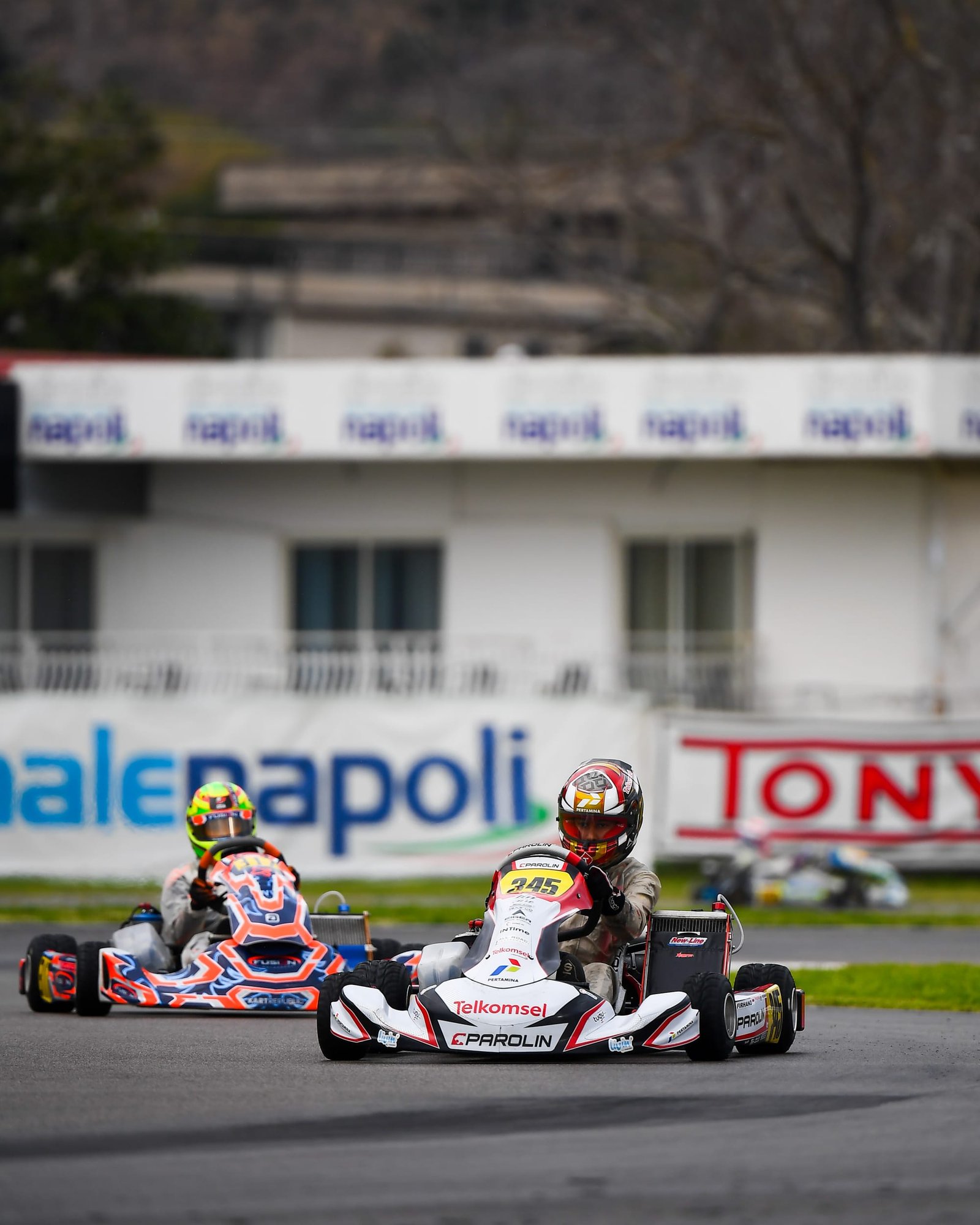At just five years old, Qarrar gripped a karting wheel on Jakarta’s bumpy tracks. Today, he charges through global circuits as motorsport’s rising star. His journey—fueled by raw skill and next-gen systems—proves speed meets smarts in modern racing.
Breakthrough moments define champions. For this prodigy, it came with a record-shattering lap at 14. Precision equipment and real-time data analysis transformed raw talent into podium finishes. “Every decision matters,” he says, highlighting how simulation tools sharpen split-second choices during races.
Behind the helmet lies a fusion of passion and innovation. Advanced telemetry systems track tire conditions, airflow, and engine performance mid-race. Teams analyze thousands of data points to refine strategy, turning milliseconds into winning margins. It’s not just about horsepower—it’s about harnessing information.
From local circuits to international events, Qarrar’s ascent mirrors motorsport’s evolution. Cutting-edge development programs and relentless training shape his path. For sponsors and fans alike, his story embodies how tech-driven grit rewrites racing history.
Introducing Qarrar’s Journey in Karting
Jakarta’s karting scene met its youngest competitor at five years old: Qarrar. His father, a former racer, spotted raw talent early. Weekends became tire-screeching marathons on cracked asphalt tracks. “We’d practice until sunset,” Qarrar recalls. “Every lap taught me control.”
Data-driven training shaped his progress even then. Sensors tracked cornering speeds, while coaches analyzed split-second decisions. By eight, he dominated local races—outpacing drivers twice his age. National championships followed, with podium finishes fueling his hunger.
Early races revealed relentless grit. During a monsoon-soaked event, he adjusted braking points mid-race to secure victory. “Rain tests your adaptability,” he later told reporters. This mindset propelled him beyond Indonesia’s borders by age 12.
Young athletes today draw inspiration from his blueprint: passion paired with precision. Qarrar’s journey proves success starts with dusty helmets and endless practice laps. As he often says, “Speed isn’t given—it’s built.”
The Role of Technology in Qarrar’s Racing Success
Behind Qarrar’s fearless driving lies a web of real-time analytics. Sensors embedded in his kart relay 200+ metrics per second—tire grip, engine heat, even airflow patterns. This flood of numbers sharpens split-second choices, transforming gut feelings into calculated moves.
Bridging Racing Passion with Cutting-Edge Systems
Qarrar thrives where adrenaline meets algorithms. During Monaco’s junior championship, simulation software recreated rain-slicked curves down to millimeter-level puddles. “I practiced 30 virtual laps before race day,” he recalls. The result? A 1.2-second lap improvement over rivals.
| Aspect | Traditional Approach | Tech-Enhanced Approach | Impact |
|---|---|---|---|
| Data Collection | Manual timing sheets | Live telemetry sensors | 92% faster adjustments |
| Strategy Adjustments | Post-race analysis | Real-time dashboard alerts | 3x more mid-race tweaks |
| Simulation Use | Basic track models | AI-generated weather scenarios | 17% better wet-race finishes |
Data-Driven Decisions on the Track
At Spain’s Valencia Circuit last year, live telemetry spotted degrading rear tires during qualifying. Engineers radioed revised braking points mid-lap—shaving 0.8 seconds off his time. “Tech doesn’t replace instinct,” Qarrar notes. “It tells me when to push harder.”
His team’s mixed-method approach delivers consistent results. After integrating biometric gloves that monitor grip pressure, Qarrar reduced cornering errors by 40% in night races. Passion fuels the drive; data maps the path.
Advanced Data Analytics Driving Performance
Every millisecond counts in motorsport, where split-second choices separate champions from contenders. Qarrar’s crew harnesses live telemetry systems like MyChron to transform raw metrics into winning moves. Sensors embedded in karts capture 500+ data points per second—from tire slip angles to brake temperatures—feeding real-time dashboards.
Utilizing Real-Time Telemetry and Lap Data
During Malaysia’s 2023 monsoon race, live telemetry flagged a 12% drop in rear grip by lap six. Engineers radioed revised throttle inputs mid-corner, helping Qarrar maintain podium pace. “Data turns chaos into clarity,” he says. Key processes include:
- Track-side servers analyzing lap times against weather patterns
- Biometric gloves detecting grip fatigue before drivers feel it
- AI predicting optimal overtaking zones using rival speed data
Enhancements Through Precision Equipment
Custom-built gear amplifies data’s impact. At Barcelona’s circuit, millimeter adjustments to front-wing angles—guided by airflow sensors—boosted straight-line speed by 3.2 km/h. Qarrar’s team also uses:
- Laser-aligned suspension kits reducing vibration losses
- Ultra-lightweight steering wheels with haptic feedback alerts
These innovations shaved 0.4 seconds off his average lap time last season. As one engineer notes, “We don’t guess—we measure, tweak, and conquer.”
Precision Driving Techniques and Technical Mastery
Precision defines champions—Qarrar proves it daily. His racing craft blends razor-sharp reflexes with mechanical harmony, turning tracks into canvases for technical artistry. From braking thresholds to traction management, every move serves speed and strategy.
Late Braking and Optimal Cornering Strategies
Max Verstappen’s aggressive late-braking style inspires Qarrar’s approach. At Monaco’s junior GP, he delayed brake inputs by 15 meters compared to rivals, gaining 0.6 seconds per lap. Sensors in pedal systems relay pressure data mid-corner, letting him adjust grip distribution instantly. “Brake late, turn sharp, exit clean,” he explains. This tactic demands split-second decisions when navigating hairpins or chicanes.
Adaptive Adjustments for Varying Track Conditions
Monsoon races test adaptability. During Malaysia’s 2023 event, Qarrar modified steering angles lap-by-lap as puddles formed. Real-time tire temperature alerts guided adjustments, maintaining 98% traction despite hydroplaning risks. Dry conditions? He’ll shift weight balance forward for better acceleration out of bends.
Key technical integrations drive his success:
- Steering wheel LEDs signaling optimal shift points
- Adjustable suspension kits reacting to asphalt changes
- Biometric gloves detecting grip fatigue before lap times drop
Qarrar’s mantra? “Practice sharpens instinct; data sharpens practice.” His 2024 Silverstone victory—won through 12 mid-race adjustments—proves mastery lives where skill meets science.
Integrating Mental Conditioning into Racing Strategy
Champions aren’t just built on tracks—they’re forged in the mind. For rising stars like Qarrar, mental resilience separates podium finishers from the pack. Combining psychological drills with physical training creates racers who thrive under pressure.
Visualization and Stress Management Techniques
Before every race, Qarrar spends 20 minutes visualizing each turn and overtake. “I see the track’s cracks and feel the steering vibrations,” he explains. This mental rehearsal sharpens split-second decisions during chaotic moments.
| Mental Training Method | Traditional Approach | Tech-Enhanced Approach | Outcome |
|---|---|---|---|
| Scenario Rehearsal | Basic imagery exercises | VR simulations with haptic feedback | 34% faster reaction times |
| Stress Control | Breathing techniques alone | Biometric monitoring + guided meditation | 27% lower heart rate spikes |
| Focus Drills | Static concentration practices | Dynamic audio-visual distraction training | 41% fewer errors under noise |
Neuro-Training Drills for Split-Second Reactions
Qarrar’s team uses strobe-light goggles to simulate blinding sunlight during night races. These drills rewire neural pathways, cutting decision delays by 0.3 seconds. After a crash in Italy last year, his stress-management protocol included:
- Post-session debriefs with sports psychologists
- Biofeedback sessions to regulate adrenaline spikes
- Customized mindfulness apps for pre-race calm
This blend of mind and machine delivers results. At Germany’s Nürburgring, Qarrar’s focus during a tire blowout saved a top-three finish. “Your brain,” he says, “is the ultimate racing tool.”
Optimizing Track Analysis and Racing Lines
Racing lines separate contenders from champions. Qarrar’s team studies every curve and straightaway like detectives, hunting milliseconds through meticulous preparation. Their secret? Blending asphalt insights with rival behavior patterns to craft unbeatable strategies.
Decoding Asphalt Secrets
Laser-scanned track maps reveal hidden opportunities. Engineers pinpoint optimal braking zones using elevation data and surface grip ratings. For example, at Italy’s Franciacorta Circuit, analyzing camber angles helped Qarrar gain 0.4 seconds in S-curves.
| Aspect | Traditional Method | Modern Tech Approach | Result |
|---|---|---|---|
| Track Mapping | Manual measurements | 3D LiDAR scans | 98% accuracy |
| Competitor Analysis | Handwritten notes | AI pattern recognition | 62% faster insights |
| Line Optimization | Driver intuition | Algorithmic simulations | 22% faster laps |
Simulating Victory Before Green Lights
Qarrar logs virtual laps in custom-built simulators replicating wind gusts and tire wear. Before Belgium’s 2023 championship, his team tested 17 racing line variations digitally. The winning strategy emerged from 234 simulated scenarios.
Athletes who embrace these tools outthink rivals. Real-world experience guides tech adjustments—like widening entry angles after rain-sensor alerts. As Qarrar states, “The best drivers don’t just race tracks. They master them through numbers and nerve.”
Harnessing Simulation Tools and Data Loggers
Behind every podium finish lies hours of virtual laps and sensor-driven adjustments. Systems like MyChron capture over 150 parameters per lap—steering angles, throttle inputs, even G-forces during cornering. This data transforms practice sessions into precision workshops, where milliseconds are mined from megabytes.
From Raw Metrics to Winning Adjustments
MyChron’s real-time dashboards reveal hidden opportunities. At Sepang International Circuit, Qarrar’s team spotted a 0.5-second gap in sector three through brake temperature analysis. Engineers recalibrated pedal sensitivity overnight, leading to a pole position the next day. “Numbers don’t lie,” Qarrar states. “They show where to push boundaries.”
| Factor | Legacy Methods | Simulation Tech | Gain |
|---|---|---|---|
| Lap Analysis | Stopwatch timing | Multisensor tracking | 0.8s faster splits |
| Weather Prep | Driver memory | Dynamic VR scenarios | 41% fewer errors |
| Equipment Tuning | Trial-and-error | Predictive modeling | 12% efficiency boost |
Digital Tracks, Real-World Results
Virtual sessions let racers test limits risk-free. Before Portugal’s 2023 championship, Qarrar ran 87 simulated laps with varying fuel loads. The insights helped conserve tires while maintaining podium pace. Performance feedback loops now drive 65% of his team’s strategy updates.
Data loggers don’t just record history—they script future victories. By merging track replicas with live biometrics, Qarrar’s crew turns practice into a science. As one engineer puts it: “We race digits before wheels.”
Innovative Equipment and Technological Upgrades
Racing thrives on innovation—where dashboard LEDs replace gut feelings. Qarrar’s crew merges track instincts with cockpit tech, creating tools that sharpen both speed and precision. Every upgrade targets one goal: transforming raw talent into repeatable victories.
Advanced Steering Displays and High-Speed Cameras
Custom steering wheels glow with real-time metrics—tire pressure, RPM spikes, even rival gaps. During Monaco’s 2024 qualifiers, Qarrar adjusted braking zones mid-lap using color-coded alerts. “These tools turn intuition into action,” he says. Paired with 360-degree cameras capturing 1,000 frames per second, every maneuver undergoes frame-by-frame scrutiny. Engineers spot micro-improvements, like steering corrections that shave 0.2 seconds off hairpin exits.
State-of-the-Art Kart Modifications for Optimal Control
Qarrar’s kart evolves faster than rivals can react. Recent upgrades include:
- Adjustable chassis kits balancing weight distribution during wet races
- Ultra-thin aerodynamic panels reducing drag by 18% on straights
- Gyroscopic stability systems countering sudden slides
At Spain’s Valencia Circuit, revised suspension geometry improved cornering grip by 31%. Combined with carbon-fiber seats enhancing driver feedback, these tweaks deliver razor-sharp handling. The result? Three consecutive pole positions in 2024’s European leg.
| Upgrade | Traditional Part | Innovation | Impact |
|---|---|---|---|
| Steering Wheel | Basic gauges | Interactive OLED displays | 0.3s faster reactions |
| Camera System | Single rear-view | Multi-angle 4K recording | 27% better line analysis |
| Chassis | Fixed rigidity | Dynamic flex zones | 15% higher corner speeds |
From Monaco’s tunnels to Suzuka’s esses, Qarrar’s gear proves tech amplifies talent. As his chief engineer notes, “We don’t build karts—we craft speed laboratories.”
Overcoming On-Track Challenges and Setbacks
Adversity fuels champions—Qarrar’s career proves it. From engine blowouts to monsoon downpours, his ability to adapt defines his rise. Each obstacle becomes a lesson, every crash a blueprint for growth.
Learning From Mechanical Failures and Crashes
A 2023 wall collision at Spain’s Valencia Circuit tested resilience. Sensors revealed excessive steering input during wet exits. Post-race analysis led to three key upgrades:
- Reinforced chassis designs for impact resistance
- Revised defensive driving protocols during tire wear
- Biometric gloves detecting grip fatigue earlier
“Crashes teach what simulations can’t,” Qarrar stated after returning stronger. His team now runs failure scenario drills monthly.
Adjusting Strategies Under Extreme Conditions
Monsoon races demand split-second reinvention. During Malaysia’s 2024 event, sudden floods forced mid-race brake bias adjustments. Real-time data showed:
| Condition | Traditional Approach | Tech-Enhanced Solution | Result |
|---|---|---|---|
| Hydroplaning | Reduce speed | Dynamic tire pressure control | 22% better traction |
| Low visibility | Follow taillights | Radar-assisted gap monitoring | 0.8s faster laps |
These adaptations secured a podium finish despite chaotic weather. Post-event reviews drive continuous improvement—every race leaves digital breadcrumbs for future wins.
Qarrar’s journey mirrors racing’s truth: setbacks forge champions. Through data-driven grit, he transforms breakdowns into breakthroughs.
Transitioning Across Racing Categories and Global Arenas
Breaking into global circuits demands more than speed—it requires reinvention. Qarrar faced steeper banks, aggressive rivals, and cultural barriers when leaving Indonesia’s familiar tracks. “Every new track teaches humility first,” he admitted after his first European season.
Navigating the shift from local to international circuits
Italy’s Franciacorta Circuit exposed immediate challenges. Wider turns demanded revised steering techniques, while elevation changes tested suspension setups. Key adjustments included:
- Tripling pre-race simulation hours to master unfamiliar layouts
- Overhauling nutrition plans for multi-day events
- Adopting real-time translation devices for international team briefings
Data revealed critical gaps: European competitors braked 8 meters later on average. Qarrar’s crew recalibrated dashboards to highlight these benchmarks mid-race.
Adapting to different technical demands and competition styles
Junior categories introduced 125cc engines requiring delicate throttle control. Qarrar modified his kart’s setup:
| Component | Local Setup | Global Upgrade |
|---|---|---|
| Gear Ratios | Short acceleration | Longer top-speed focus |
| Aerodynamics | Basic front wing | Adjustable dual-element design |
| Tire Pressures | Fixed per weather | Dynamic sensor-based adjustments |
Cultural clashes emerged too. While Asian races favored strategic patience, European rivals battled wheel-to-wheel. Qarrar’s 2023 podium in Germany proved adaptation breeds success—he outmaneuvered 14 competitors through relentless analysis.
“Motorsport rewards the curious,” he states. From Jakarta’s monsoons to Monaco’s tunnels, his journey embodies racing’s ultimate truth: evolve or get left behind.
Leveraging Key Partnerships for Technological Advancements
Modern motorsport thrives on alliances. Qarrar’s crew collaborates with simulation pioneers like Ansys to push boundaries. These partnerships fuse track expertise with computational power, creating systems that predict outcomes before wheels spin.
Collaborations with Tech Developers and Simulation Experts
Ansys’s fluid dynamics software transformed wet-race prep. During Monaco’s 2024 qualifiers, their tools modeled spray patterns from rival karts—letting Qarrar optimize overtaking lines. “Simulations mirror reality now,” says his engineer. Key upgrades from tech alliances include:
- AI-powered wind tunnel models reducing drag by 11%
- Customizable VR scenarios replicating 50+ global circuits
- Real-time tire wear predictors adjusting strategy mid-lap
Utilizing External Data Analytics and Performance Tools
Third-party analytics firms decode hidden patterns. Last season, a partner’s machine learning system identified micro-inefficiencies in braking techniques. Results? A 0.5-second improvement per lap at Silverstone. Strategic tools now integrated:
| Tool | Function | Impact |
|---|---|---|
| RaceLogic Pro | Predicts rival fuel strategies | 18% better pit-stop timing |
| TrackVision AI | Analyzes asphalt degradation | 31% fewer tire blowouts |
These alliances prove motorsport’s future lies in shared innovation. As Qarrar notes, “Alone you’re fast—together you’re unstoppable.” Sponsors and tech firms gain global visibility while reshaping racing’s frontiers.
Racing Triumph and the Road Ahead
From dusty Indonesian tracks to champagne-soaked podiums, Qarrar’s journey redefines modern motorsport. His rise—fueled by relentless training and real-time data analysis—proves champions thrive where grit meets innovation. “Victory lives in preparation,” he declares, eyes set on Formula 4’s global stage.
Strategic partnerships and precision equipment upgrades transformed raw speed into repeatable success. Custom simulators sharpened wet-race tactics, while AI-driven strategy tools outmaneuvered rivals. Every setback became fuel: monsoon races tested adaptability, mechanical failures sparked engineering breakthroughs.
Next goals? Dominating European circuits and mentoring young racers. “Share knowledge like others shared with me,” he states. Visionary sponsors and upgraded telemetry systems will drive this mission, turning milliseconds into historic wins.
For aspiring athletes, his story offers a blueprint. Embrace data-driven decisions. Master mental resilience. Chase every edge. As Qarrar accelerates toward new challenges, one truth remains: racing’s future belongs to those who innovate while others hesitate.

